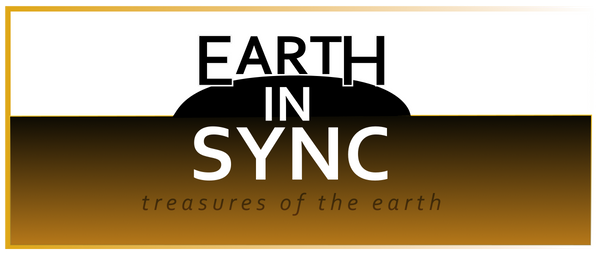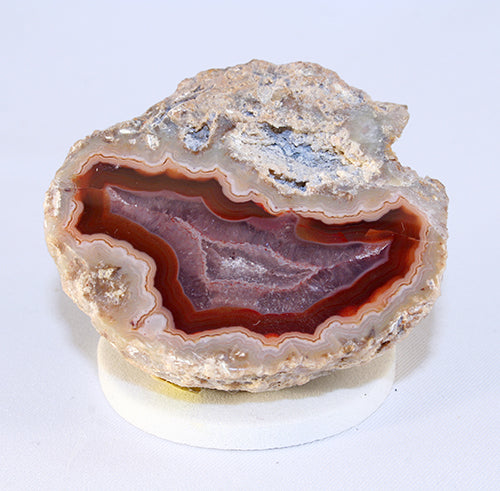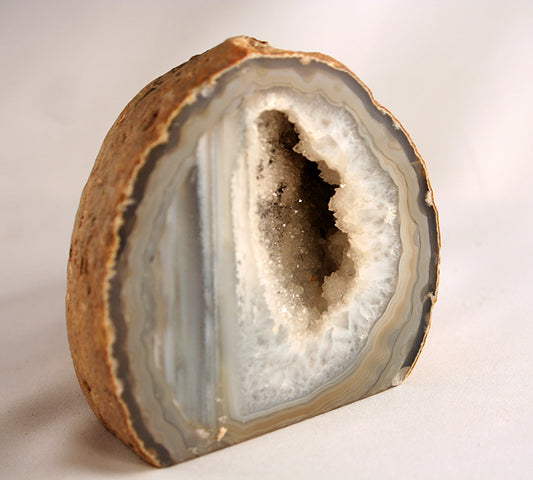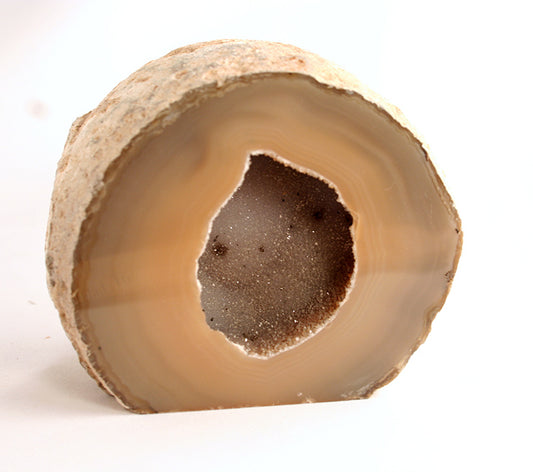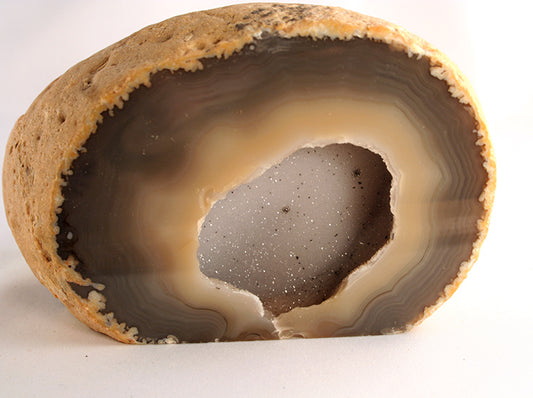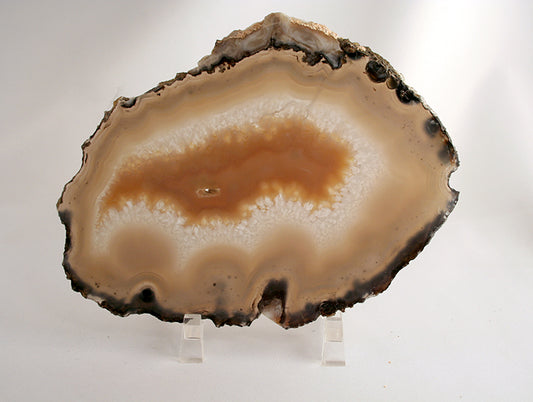-
Egg - Purple Granite Egg from Brazil
Regular price $22.00 USDRegular priceUnit price per$25.00 USDSale price $22.00 USDSale -
Agate: Brazilian Agate Half-round with water level and crystal center
Regular price $40.00 USDRegular priceUnit price per -
Agate: Brazilian Agate cut to reveal unusual tan agate bands and crystal druzy center
Regular price $40.00 USDRegular priceUnit price per -
Agate: Brazilian Agate cut to show yellow to grey agate with interior druzy quartz crystals.
Regular price $40.00 USDRegular priceUnit price per -
Geode - Las Choyas Coconut Geode filled with clear quartz crystals
Regular price $65.00 USDRegular priceUnit price per -
Agate Slab - Brazilian agate slab with rare green outer shell and crystal center
Regular price $40.00 USDRegular priceUnit price per -
Agate Slab - Brazilian Agate Slab tan bands and white fortifications with crystal druzy
Regular price $25.00 USDRegular priceUnit price per -
Agate Slab - Brazilian Agate Slab transparent with subtle bands and iris effect
Regular price $40.00 USDRegular priceUnit price per -
Agate Slab - Brazilian Agate Slab natural tan agate with crystal interior, iris effect
Regular price $35.00 USDRegular priceUnit price per -
Agate Slab - Brazilian Agate Slab with 2 agate centers and solid clear crystal interior
Regular price $45.00 USDRegular priceUnit price per -
Agate Slab - Laguna Agate from Ojo de Laguna, in rare yellow and white
Regular price $40.00 USDRegular priceUnit price per -
Agate Slab - Laguna Agate Slab from Ojo de Laguna, Chihuahua, Mexico.
Regular price $20.00 USDRegular priceUnit price per -
Agate Slab - Laguna Agate Vein with tube and fortification banding from Ojo de Laguna
Regular price $30.00 USDRegular priceUnit price per -
Agate Slab - Laguna Vein Agate with violet and orange banding from Ojo de Laguna
Regular price $30.00 USDRegular priceUnit price per -
Agate Slab - Laguna Agate with exceptional orange and white banding and sagenite center
Regular price $40.00 USDRegular priceUnit price per -
Agate Slab - Laguna rare double oval Agate Slab from Ojo de Laguna, Chihuahua, Mexico.
Regular price $30.00 USDRegular priceUnit price per
